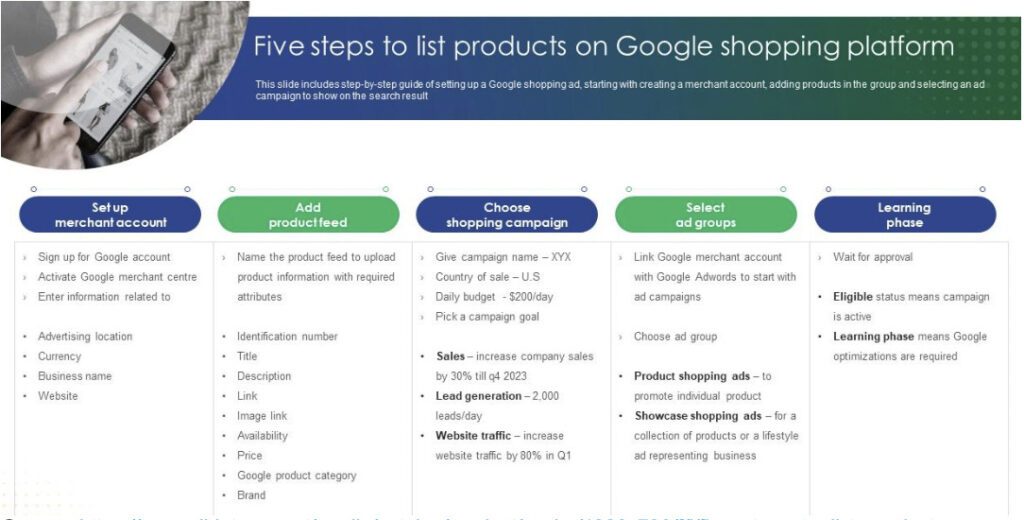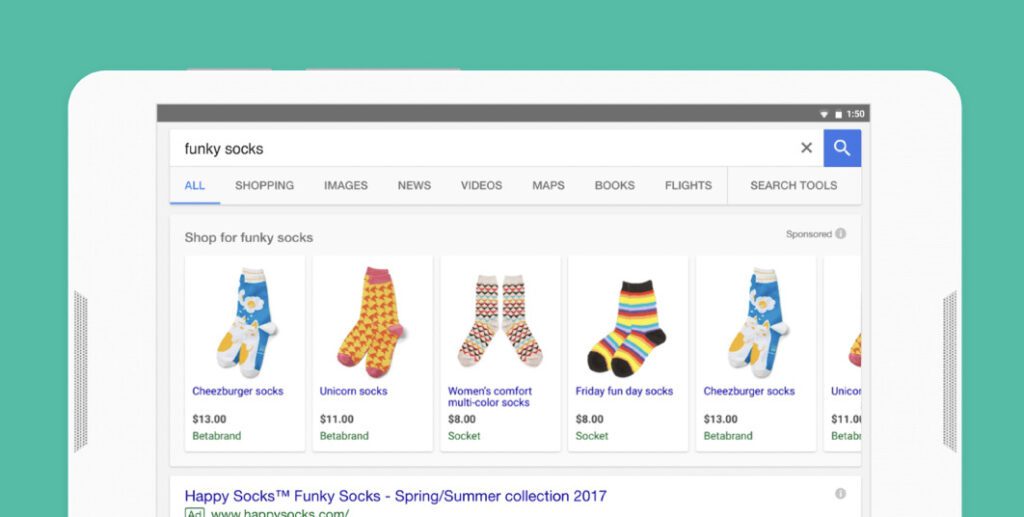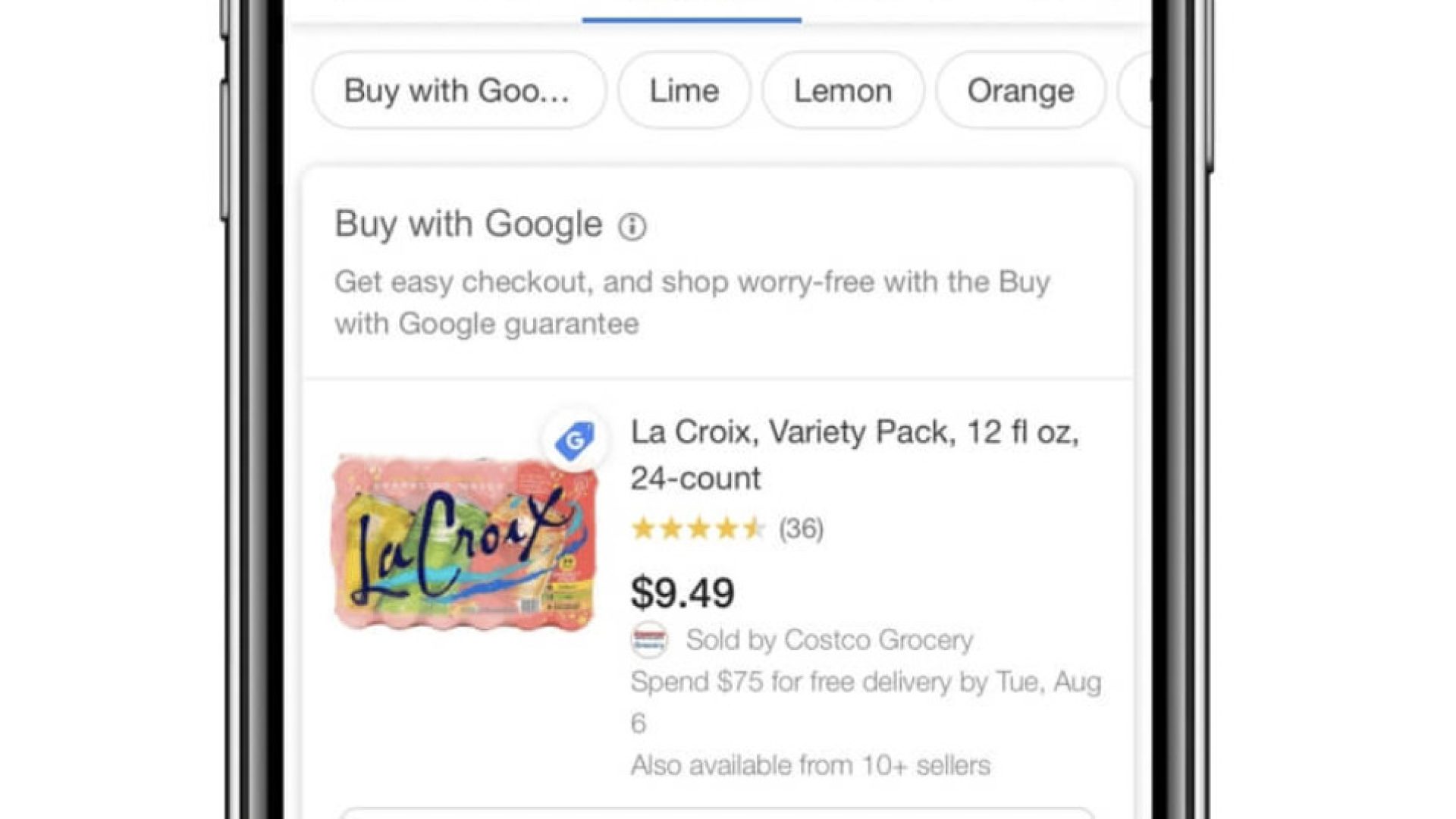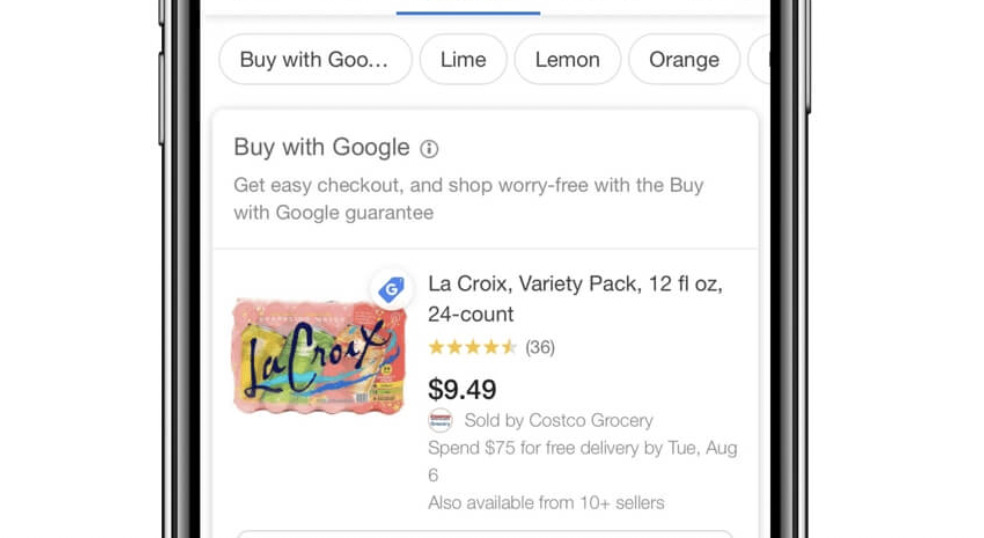Google is discontinuing its shopping marketplace that enabled retailers to directly sell products on the platform. This move marks a shift for Google, which had a small-scale Amazon-style marketplace within its search results. Previously, shoppers had the option to browse and add products to a shopping cart without leaving Google.
However, Google is now phasing out the Buy on Google checkout experience and instead redirecting users to merchants’ external websites for completing purchases.
Between 2018 and 2020, Google actively recruited sellers and participated in conferences to promote its marketplace. By the end of 2020, it had attracted nearly 8,000 sellers, primarily comprised of existing Amazon and eBay sellers. However, Google’s long-term focus has always been its role as a shopping search engine, rather than a retailer or marketplace. In a podcast episode of Modern Retail in May 2021, Bill Ready, the former-commerce president at Google, emphasized their objective to help users discover the best products, values, and sellers, while seamlessly connecting them to external websites.
Google’s decision to venture into the marketplace space was driven by the desire to offer a smoother checkout experience and compete with Amazon’s dominance in shopping searches. Additionally, Amazon’s advertising business was outpacing Google’s growth. However, Google’s main revenue source comes from ads, and Buy on Google often competed with shopping ads. It also posed the question of whether sellers truly found value in the platform when compared to driving traffic directly to their own websites.
Similar to other projects within Google, Buy on Google failed to gain significant traction and eventually faded away. Since the launch of Froogle, Google’s initial shopping initiative, over two decades have passed. Throughout this time, Google continuously explored opportunities to expand in the shopping domain. It now serves as the largest advertising network for e-commerce and boasts a search index covering virtually every e-commerce website globally, aligning with Froogle’s original vision.
Ironically, many of the Amazon sellers that Google attempted to onboard for Buy on Google are currently utilizing Google ads to drive traffic to their Amazon listings. Despite these endeavors, Google’s primary role remains facilitating shopping experiences rather than hosting transactions.
As Google phases out its shopping marketplace, retailers will now need to direct users to their external websites for completing purchases. This transition represents a change in strategy for Google, which had previously aimed to offer a self-contained shopping experience.

Google’s primary objective has always been to function as a shopping search engine rather than a retailer or marketplace. In a recent podcast episode, Bill Ready, the former-commerce president at Google, emphasized the importance of helping users discover top-quality products, competitive prices, and reliable sellers, while still enabling them to connect seamlessly with external websites.
Google’s decision to delve into the marketplace model was driven by the desire to offer a more streamlined and convenient checkout experience, as well as to compete with Amazon’s dominance in the online shopping landscape. However, since Google’s primary revenue stream comes from ads, Buy on Google often competed directly with shopping ads. This raised questions about the value proposition for sellers compared to directing customers to their own websites.
Similar to many other projects Google has pursued, Buy on Google failed to gain substantial momentum and eventually dwindled. Despite this setback, Google has continuously explored opportunities to expand in the shopping domain since the launch of its initial shopping initiative, Froogle, over two decades ago. During this time, Google has evolved into the largest advertising network for e-commerce and established a search index that encompasses nearly every e-commerce website worldwide, aligning with Froogle’s original vision.
Coincidentally, many of the Amazon sellers who Google attempted to onboard for Buy on Google now rely on Google ads to drive traffic to their Amazon listings. Despite these efforts, Google primarily serves as a facilitator of shopping experiences, with transactions taking place outside of its platform.
With Google’s decision to retire its shopping marketplace, retailers will now require users to seek external websites for completing their purchases. This strategic shift signifies Google’s departure from its previous ambition of providing an all-inclusive shopping experience.
Similar to other Google projects, Buy on Google failed to gain substantial traction and eventually faded out. In the span of over two decades since the launch of Froogle, Google’s initial shopping effort, the company continuously aimed to expand its presence in the shopping sphere. It eventually emerged as the most extensive advertising network for e-commerce, encompassing virtually every e-commerce website globally, which aligns with Froogle’s original vision.
Ironically, many of the Amazon sellers that Google attempted to onboard for Buy on Google are now utilizing Google ads to drive traffic to their Amazon listings. Despite these efforts, Google’s core role remains that of enabling shopping experiences rather than conducting transactions.

With Google’s decision to discontinue its shopping marketplace, retailers will now guide users to external websites for completing their purchases. This strategic change marks a shift in Google’s approach, moving away from providing a self-contained shopping experience.



